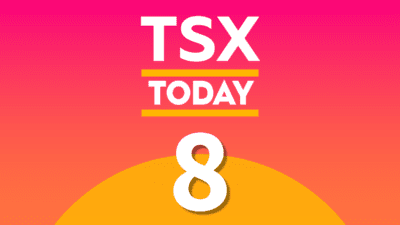Cryptocurrencies have generated exponential gains for both long- and short-term investors. In the last two years, the widespread adoption of these digital assets enabled investors to derive life-changing returns in a matter of a few months.
With over 18,000 cryptocurrencies in circulation, it might be difficult to identify winning bets consistently. However, you need to analyze the utility of the underlying blockchain network, which, in turn, should positively impact demand for the associated crypto token.
Let’s take a look at three such innovative cryptocurrencies that can gain big in 2022.
Avalanche
Avalanche (CRYPTO:AVAX) claims to be the fastest smart contract platform among blockchain networks in terms of time to finality (TTF), which is the time taken to confirm a transaction without the possibility to reverse the said transaction.
The Avalanche mainnet was launched in September 2020 and the blockchain network has already attracted more than 450 projects on its platform. It also has over 1,350 validators and approximately 1.5 million community members globally.
Today, Oraichain launched its VRF (verifiable random function) on the Avalanche blockchain. Oraichain is an artificial intelligence-powered blockchain ecosystem supplier, and the launch will allow Avalanche developers to benefit from a “truly decentralized, publicly verifiable random number generator that’s impervious to attack, delivering enhanced functionality to dApps.”
According to Oraichain, DeFi platforms are vulnerable to hacks and emphasized the VRF launch on Avalanche will make them 100% tamper-proof via a group signature verification process.
Developers on Avalanche will now be able to integrate verifiable randomness to all DeFi and NFT applications, which will bring transparency to token airdrops as well as NFT and other use cases.
Uniswap
One of the most popular decentralized trading protocols, Uniswap (CRYPTO:UNI) is valued at a market cap of US$4.88 billion. Launched in Q4 of 2018, Uniswap is an automated market maker that facilitates the trading of DeFi tokens.
Uniswap is focused on keeping the trading process automated for token holders and improving the trading efficiency compared to centralized exchanges. It creates efficiency by resolving issues related to liquidity with automated solutions.
In late 2020, Uniswap created its governance token called UNI enhancing the potential for profitability and providing users the ability to shape the future of the protocol.
Cardano
The final cryptocurrency on my list is Cardano (CRYPTO:ADA), which is valued at US$26.6 billion, by market cap. Cardano is the ninth-largest cryptocurrency in the world and was one of the first networks to use a proof-of-stake mechanism to validate transactions.
Cardano has ensured its technical developments undergo an extensive peer-review process, so they can be challenged before implementation. This process ensures the durability and stability of the blockchain network, according to Cardano’s developer team.
Similar to Ethereum, the Cardano blockchain is built to execute smart contracts, allowing it to host a range of DeFi projects on its platform. While Ethereum enjoys a first-mover advantage, Cardano beats it in terms of scalability and costs. For example, Cardano’s network can execute 250 transactions per second compared to Ethereum, which can execute 15 transactions each second.
Cardano will soon launch a major upgrade, which should improve its performance significantly. The upgrade is likely to introduce features that include a dApp store and a crypto wallet where users can store or trade cryptocurrencies.









